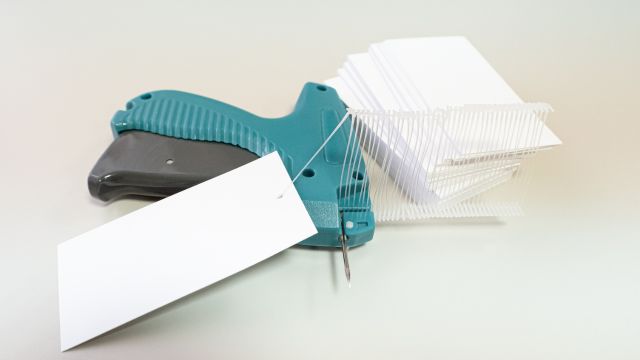One third of plastic surgeons saw their income decline over the last year, but the specialty overall earned the most among the 29 specialties in this year’s compensation survey.
Plastic surgeons also had the largest gain in pay from last year — almost 10% — among all specialties. Otolaryngology and allergy/immunology were at the other end of the scale with a loss in compensation of 9%.
Average income for plastic surgeons rose from $479,000 to $526,000, according to the Medscape Plastic Surgeon Compensation Report 2021, a sum more than twice as much as the six lowest-earning specialties in the list.
Plastic surgeons took the top spot from orthopedists, who made $511,000 this year, unchanged from the prior year.
Several Reasons for the Rise
The specialty benefited from several factors in the pandemic, academic plastic surgeon Chris Reid, MD, assistant professor of surgery at the University of California San Diego, told Medscape Medical News.
Among them was that people were much more likely to be working from home — and even when they weren’t home they were wearing masks so they could hide the signs of cosmetic surgeries without taking time off work, he said.
“People freed themselves up to do things in the pandemic,” he said.
Many also had more disposable income as activities were restricted, he said.
Reid said his own reconstructive practice had “the most productive year ever last year.”
Since more operating rooms were freed up from lack of elective surgeries, he said, he was able to do more reconstructive surgeries such as breast reconstructions after mastectomy.
“If you let me, I would operate all the time. But I don’t have unlimited access to the operating room,” he said.
Also, because plastic surgeons often own their own surgery centers, many did not operate under the same limitations hospitals had for pausing elective surgeries, Reid said.
“A lot of plastic surgeons just kept operating when no one else was,” he said.
People seeing their own image on screens with the boom in video calls may have played a part as well, according to a report by the American Society of Plastic Surgeons.
Medscape previously reported that with filters and apps for enhancing selfies, people can get a taste of changing their appearance, which can lead to more acceptance of plastic surgery.
All of the plastic surgeons in the survey who said their income declined said COVID-19 was a factor whether because of job loss, fewer patients, or fewer hours. Respondents could pick more than one answer; 12% listed other non-COVID drivers of the decline.
Of those whose income dropped, about half (51%) said they expected compensation would return to pre-pandemic levels in a year; 30% said that it would take 2-3 years; and 8% said they would never return to pre-pandemic levels.
Other specialties had much less lucrative years.
Pediatrics again this year had the lowest compensation at $221,000, followed by family medicine ($236,000) and public health and preventive medicine ($237,000).
Plastic Surgeons Have Lower Paperwork Demands
Plastic surgeons were near the bottom in administrative demands. They spent 12.7 hours per week on administrative tasks, down from last year’s 14.2 hours per week. That included time entering information in electronic health records, clinical reading, participation in professional organizations, and managerial work.
By contrast, infectious disease physicians spent nearly twice that time (24.2 hours a week) on administrative tasks.
Plastic surgeons are seeing fewer patients per week, down about 8% from 63 to 58 per week. That was a far smaller drop than many specialties saw. For instance, pediatricians saw the largest drop (18%) followed by dermatologists, otolaryngologists, and orthopedists, all down about 15%. The drop in patients is commonly attributed to having more safety protocols and answering more questions about COVID-19.
Overall, physician hours dropped for at least some part of the pandemic and many were furloughed. But most, including plastic surgeons now averaging 53-hour weeks, are back to their pre-pandemic hours.
Marcia Frellick is a freelance journalist based in Chicago. She has previously written for the Chicago Tribune, Science News and Nurse.com and was an editor at the Chicago Sun-Times, the Cincinnati Enquirer, and the St. Cloud (Minnesota) Times. Follow her on Twitter at @mfrellick
For more news, follow Medscape on Facebook, Twitter, Instagram, YouTube, and LinkedIn


 press-releases
press-releases 





